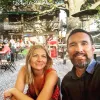A Tale of Many Cities
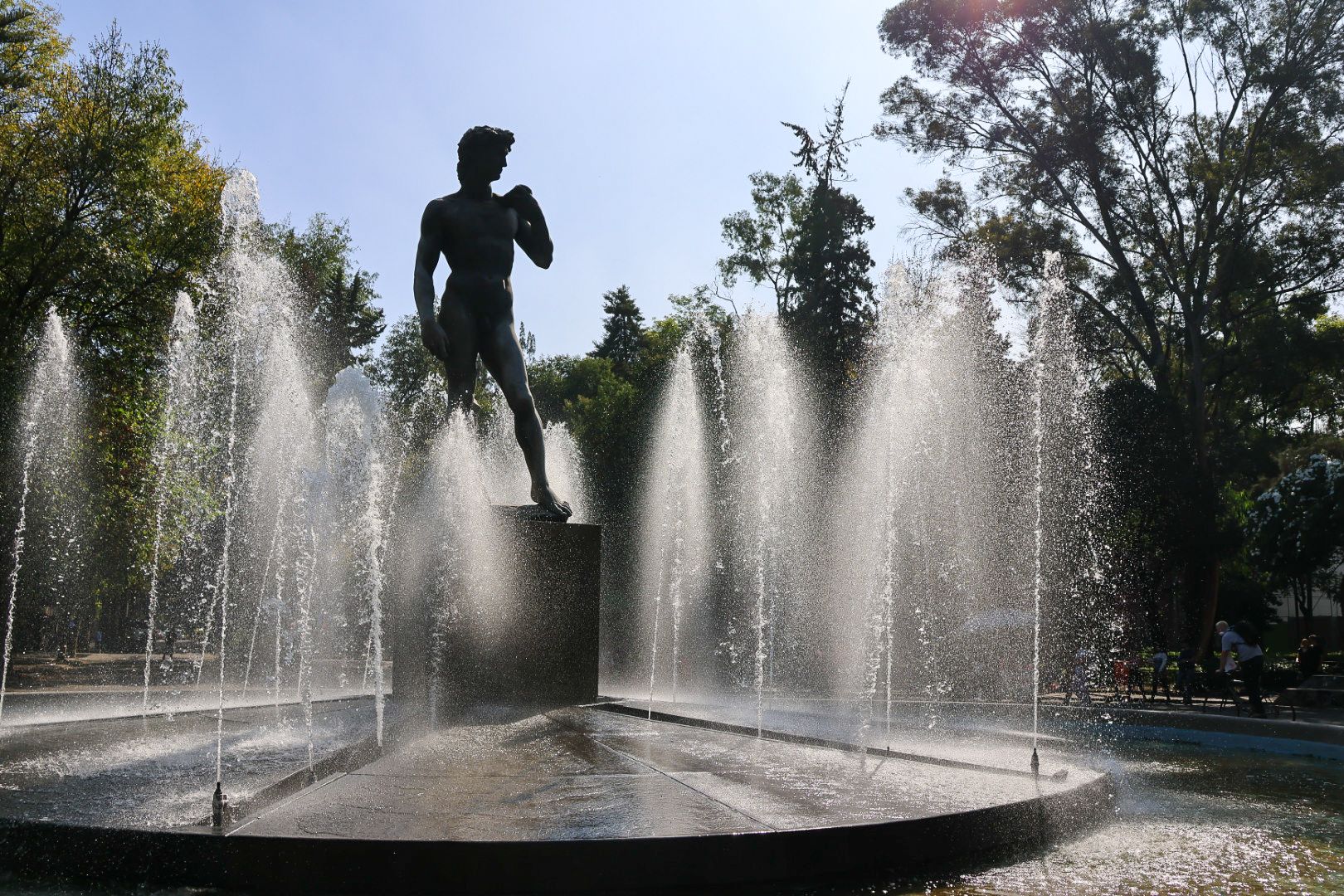
Visiting Ciudad de México
When we arrived in Mexico City we were already in rough shape. Michael had just gotten over a stomach bug with a slight fewer, and we hit somewhat of a low point after being on the road for 4 months. A recent interaction with the local police had left us shaken and we were unsure whether we could or even wanted to continue our way south. With our trailer stored in Tepotzotlán just north of the city's limits, we were hoping for something of a reset. Hannah was excited to see some friends, live music, and art museums, Michael was looking forward to trying new restaurants and visiting archeological sites.
Little did we know that things were about to get much worse, before they could get better again.
We arrived at our Airbnb in Lomas de Chapultepec, a safe and fairly fancy neighborhood only to realize that the layout of the apartment made it much smaller than we had expected, to the point that we could hardly move around each other. The pets had no choice but to be in each other's face, leading to constant tension between the two. Michael then started to feel sick again with what seemed to be a viral flu-like infection that would last for 10 days. Even though this modern neighborhood just north of Bosque de Chapultepec (a huge mosaic of parks and museums) offered an easy introduction into the big city, we realized that we couldn't stay in the current apartment and decided to move. Our second, a loftlike Airbnb was located about 15 minutes south on the other side of the park in a mixed neighborhood called San Miguel Chapultepec. Michael was still very sick with a fever, but at least here we could spread out a little. After a few days of sleeping, resting, and eating lots of chicken soup, we finally managed to call an Uber and headed into the Historical Center for some sightseeing.
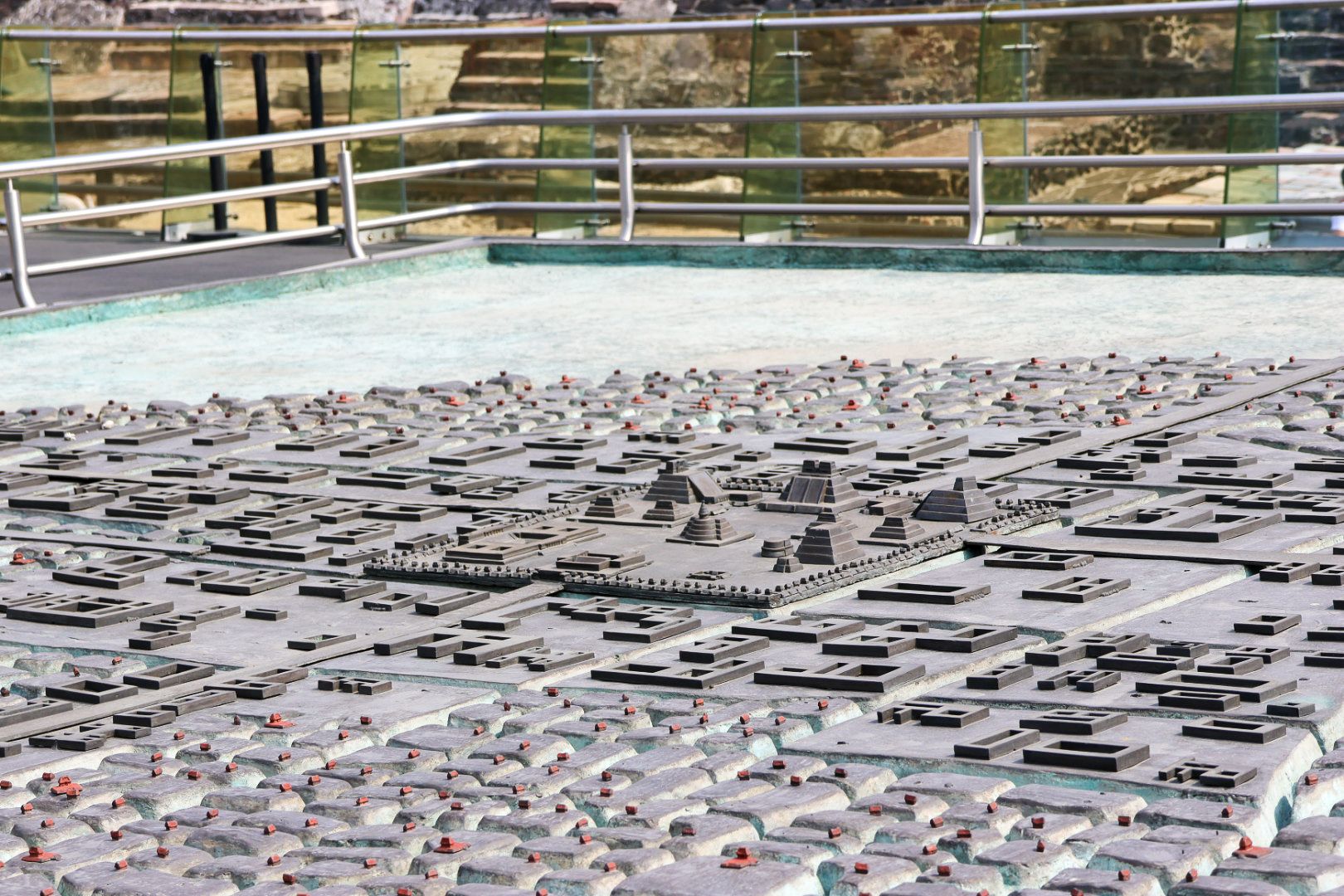

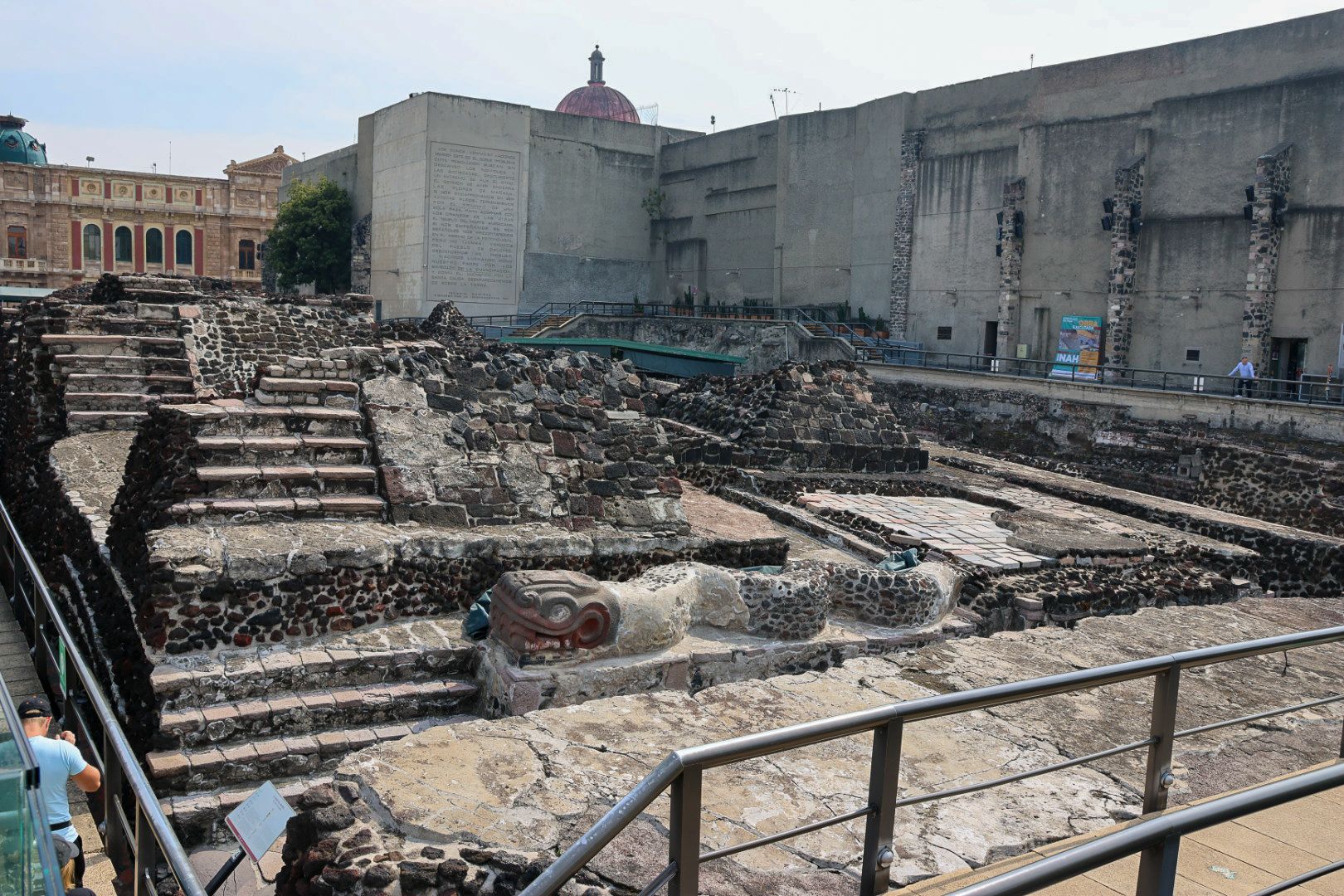
We had our driver drop us off near Plaza Garibaldi where we set out on our explorations. In the heart of the Centro Histórico you can still see traces of the original foundation of Tenochtitlan, the capital of an Aztec empire upon which the city we know today as Ciudad de México has been built. The Templo Mayor provides an impression of how glorious this place must have been: models of reconstructed buildings show a vast city with a multitude of palaces and temples that dates back as early as 1325. Interestingly, Tenochtitlan was built on an artificial island over a lake, Lake Texcoco. After the Spanish conquest, the lake was drained over time, providing the city with new land to expand and build on.
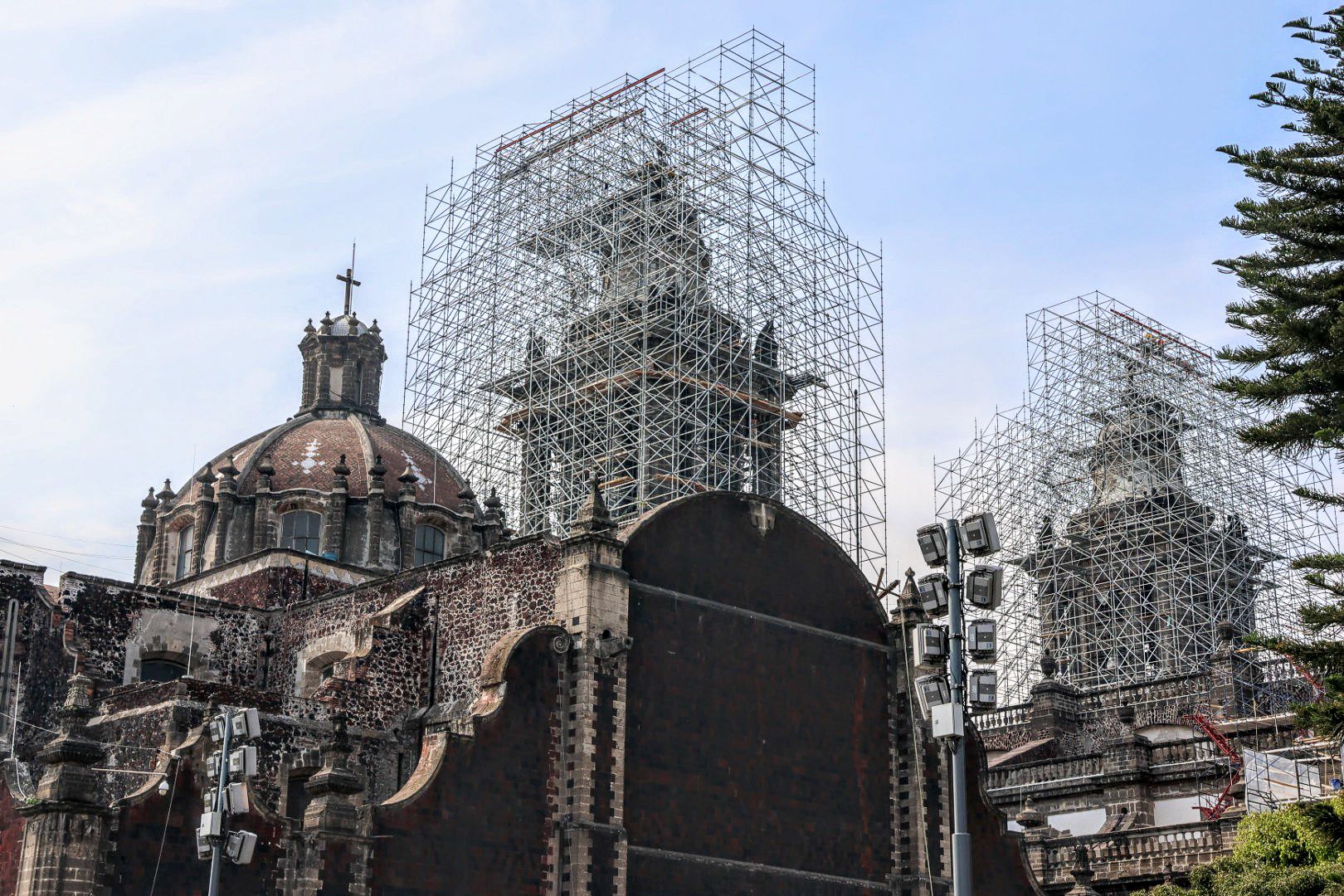
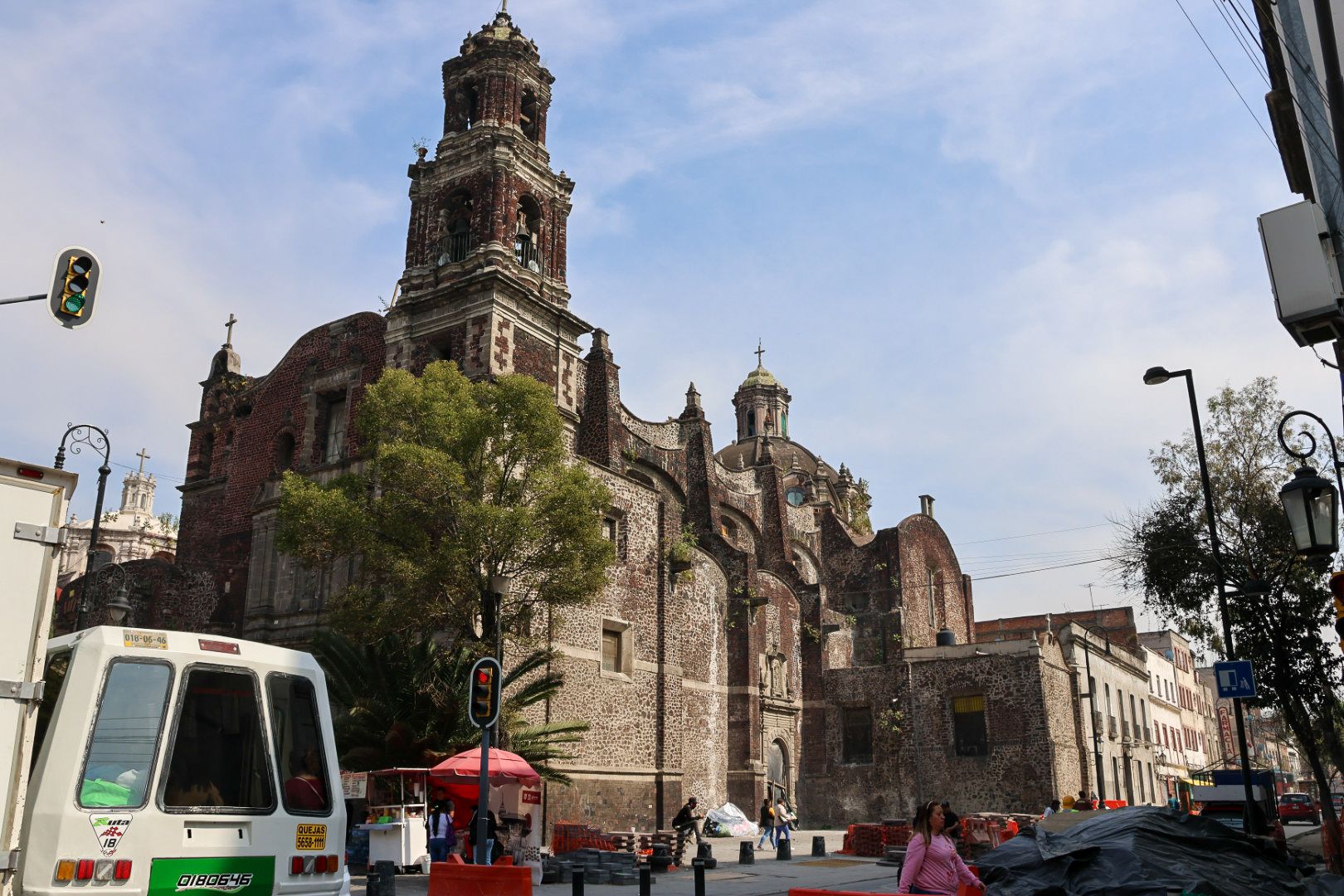
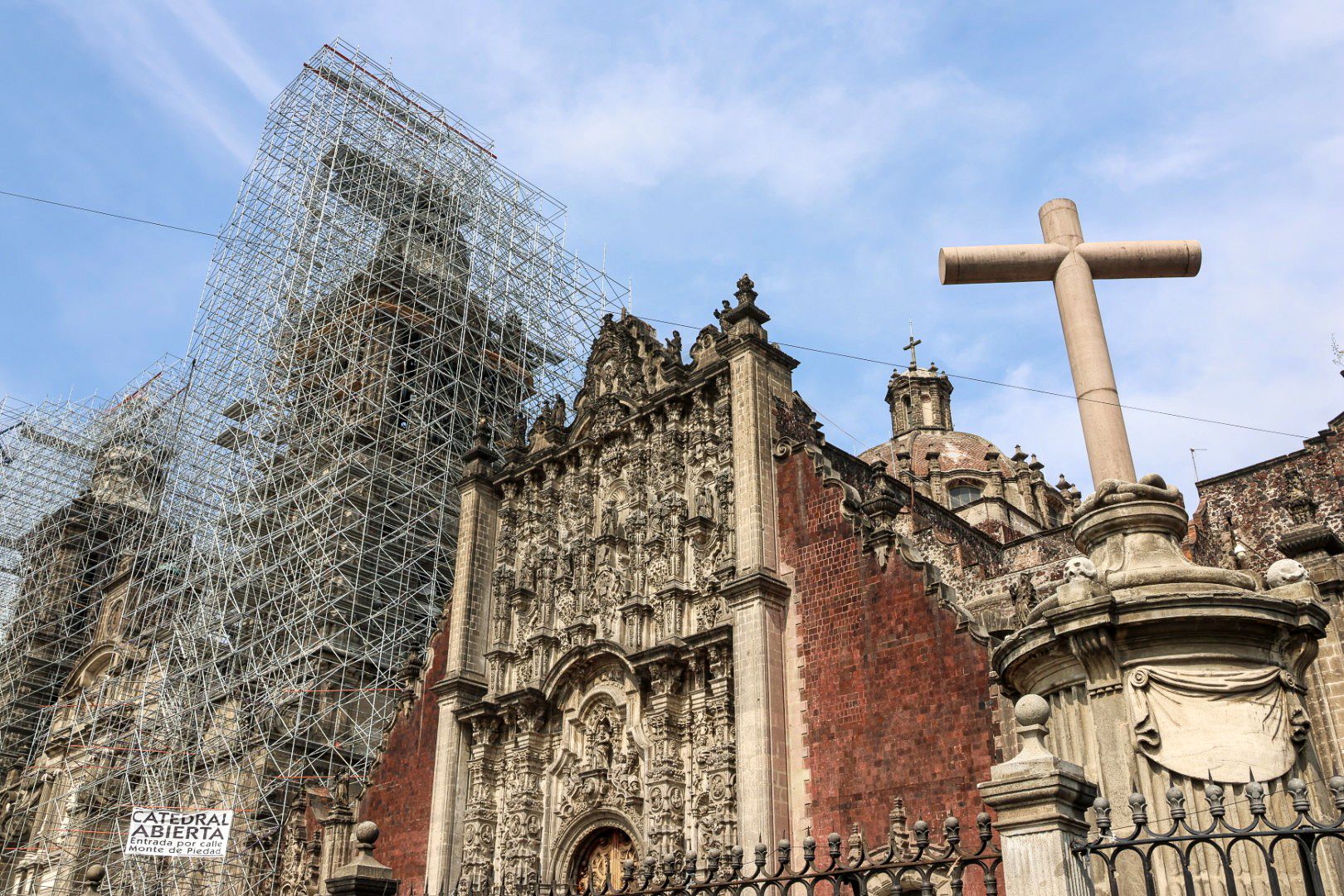
We passed the Catedral Metropolitana and circled around the Zócalo, where we saw traditionally garbed dancers perform and cleansing rituals being practiced. We noticed a small army of soldiers guarding the National Palace, but didn't think much of it until we stumbled into a fairly contained protest by unionized education workers who occupied the main square in front of the National Palace and the Supreme Court. Activists had left a reminder in form of spray painted outlines of corpses on the main square that the city workers were busily trying to erase. We made our way to the Alameda Central, a large square at the edge of the historical center and called it a day.
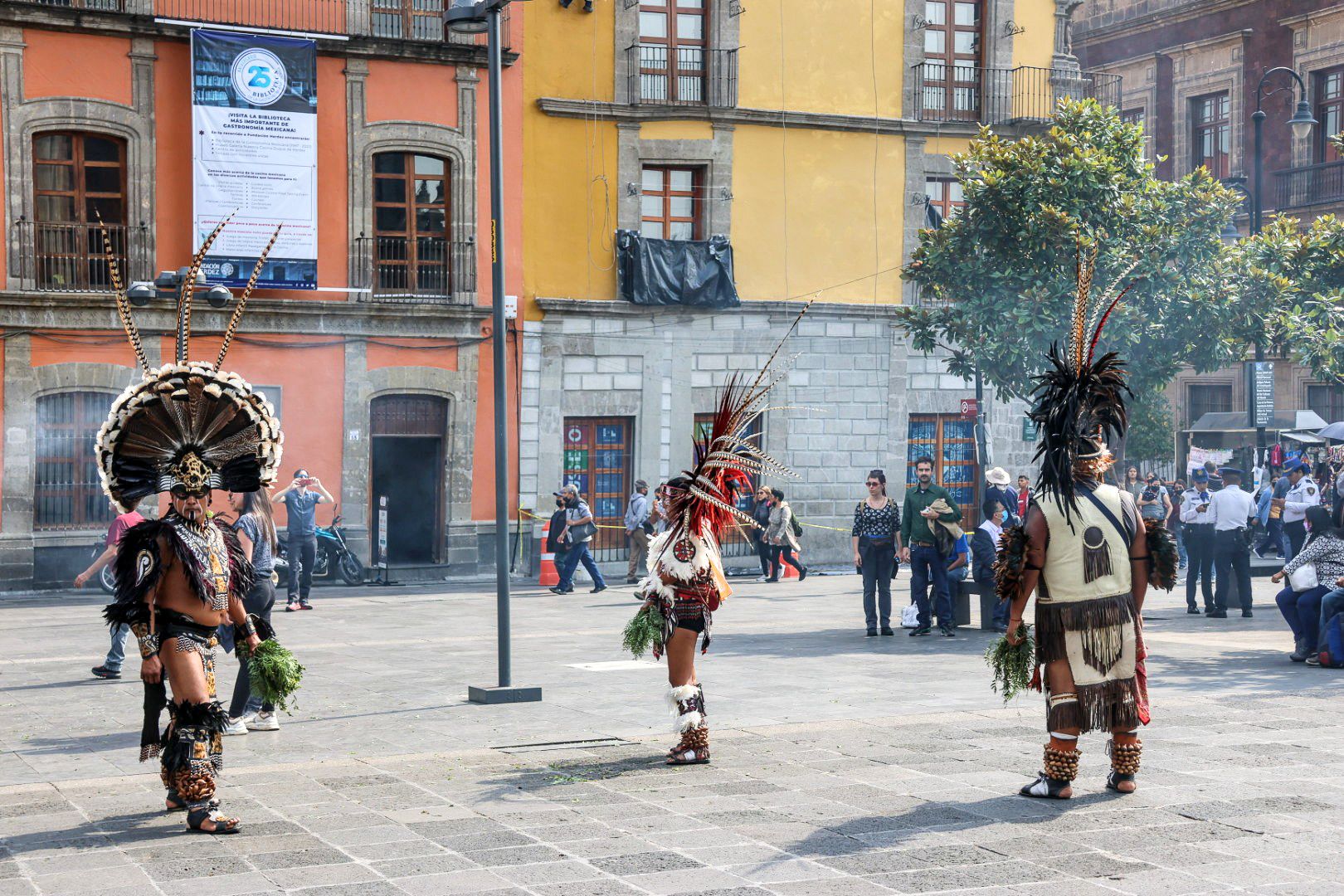
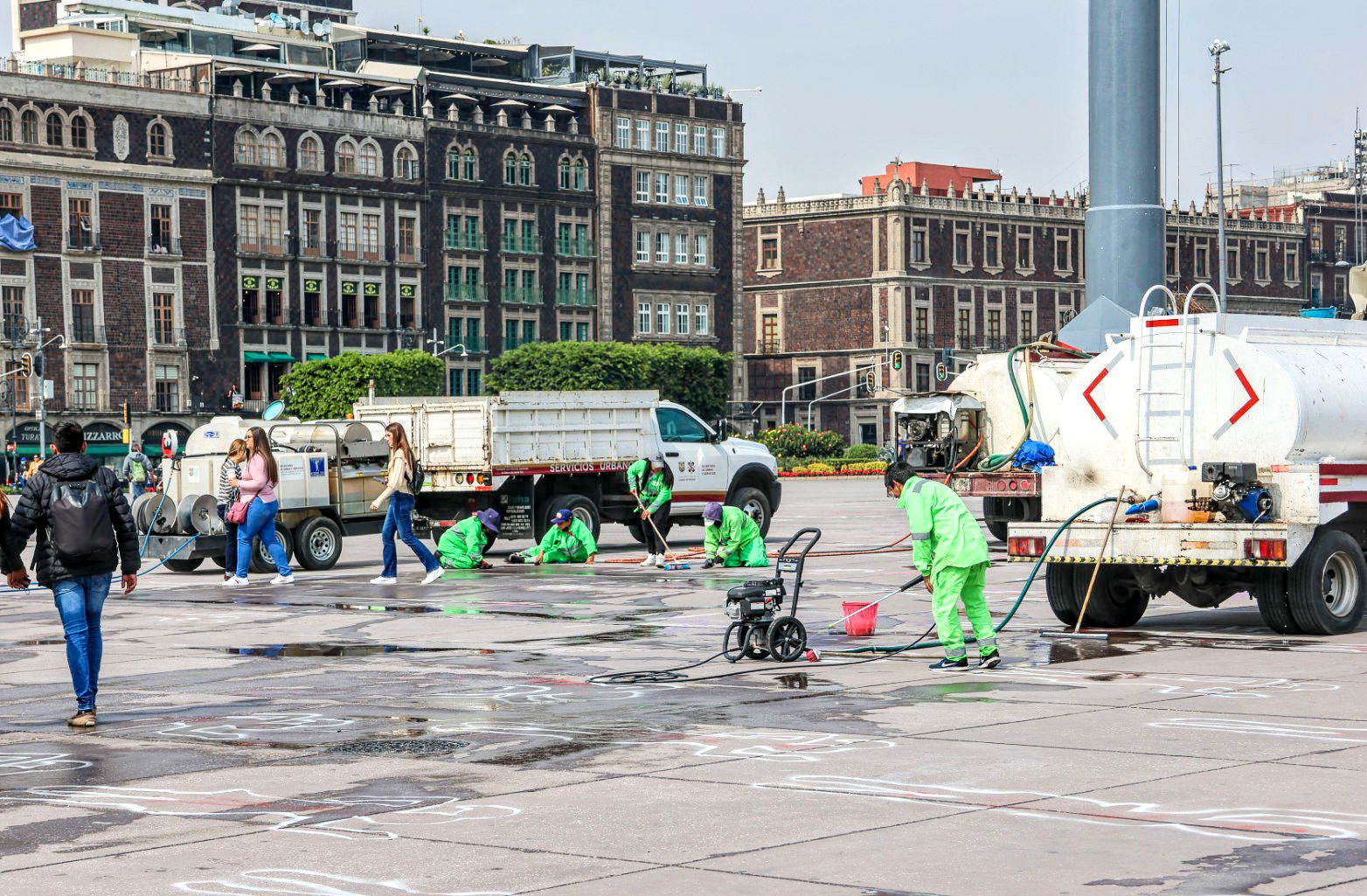

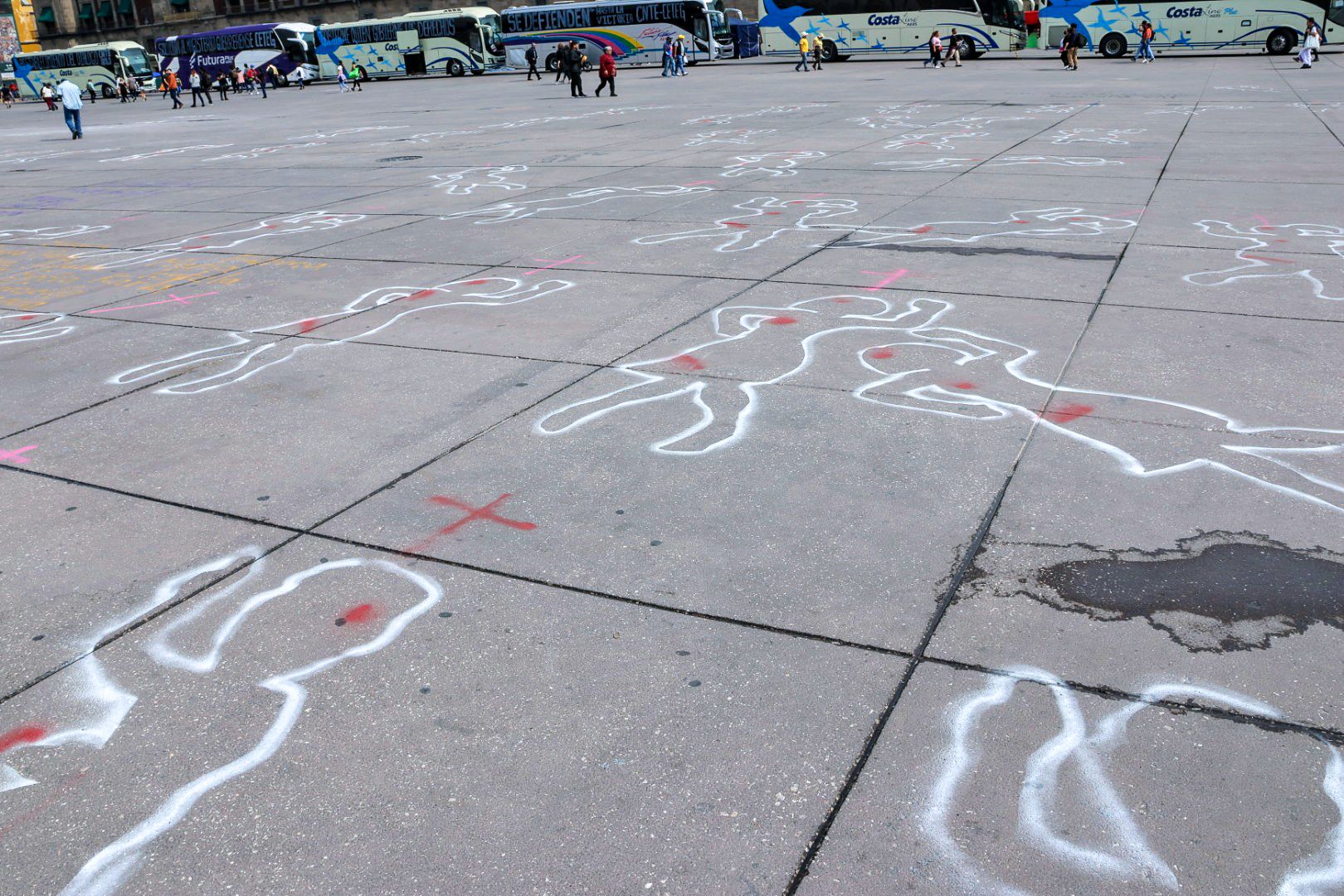
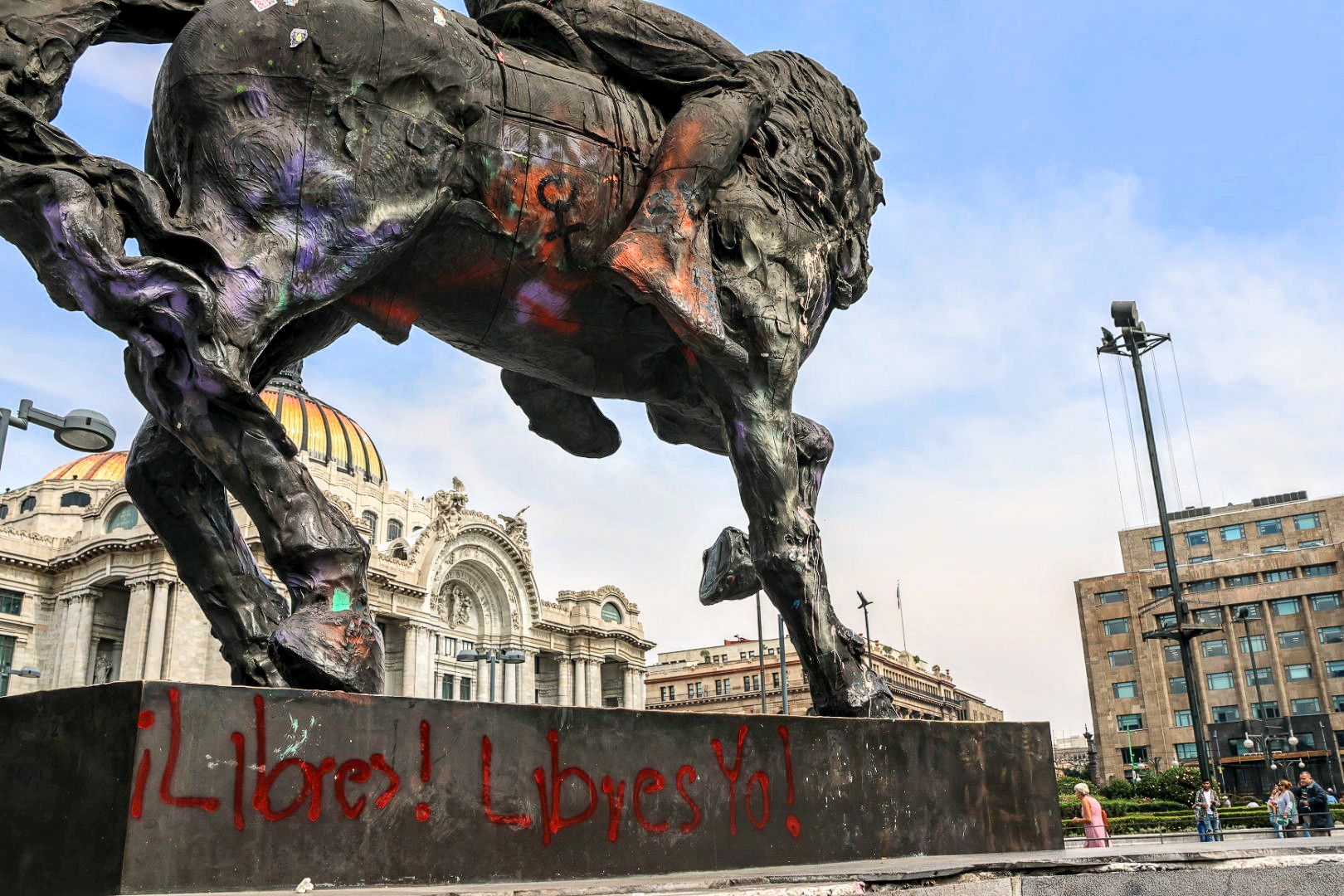
Our time at the second Airbnb was sadly coming to an end, but Michael still wasn't feeling 100 percent and we had so much left on our bucket list.
Reluctantly, we decided to move to a third location, a small townhouse in the middle of Roma right around the corner from Mercado Medellín. This turned out to be a great decision. We were still working on getting our energy back, and so we spent most of our days walking and exploring the streets of Roma. With everything we needed in walking distance, and so many things to discover (if you looked close enough), we had no reason to leave the area and even managed to extend our stay by a few more days. A countless mix of restaurants, shops for souvenirs or second hand shopping, Mercado Medellín just around the corner for our basic veggy needs, and even a gated dog park nearby where Dasher could socialize helped us restore some much needed energy and excitement.
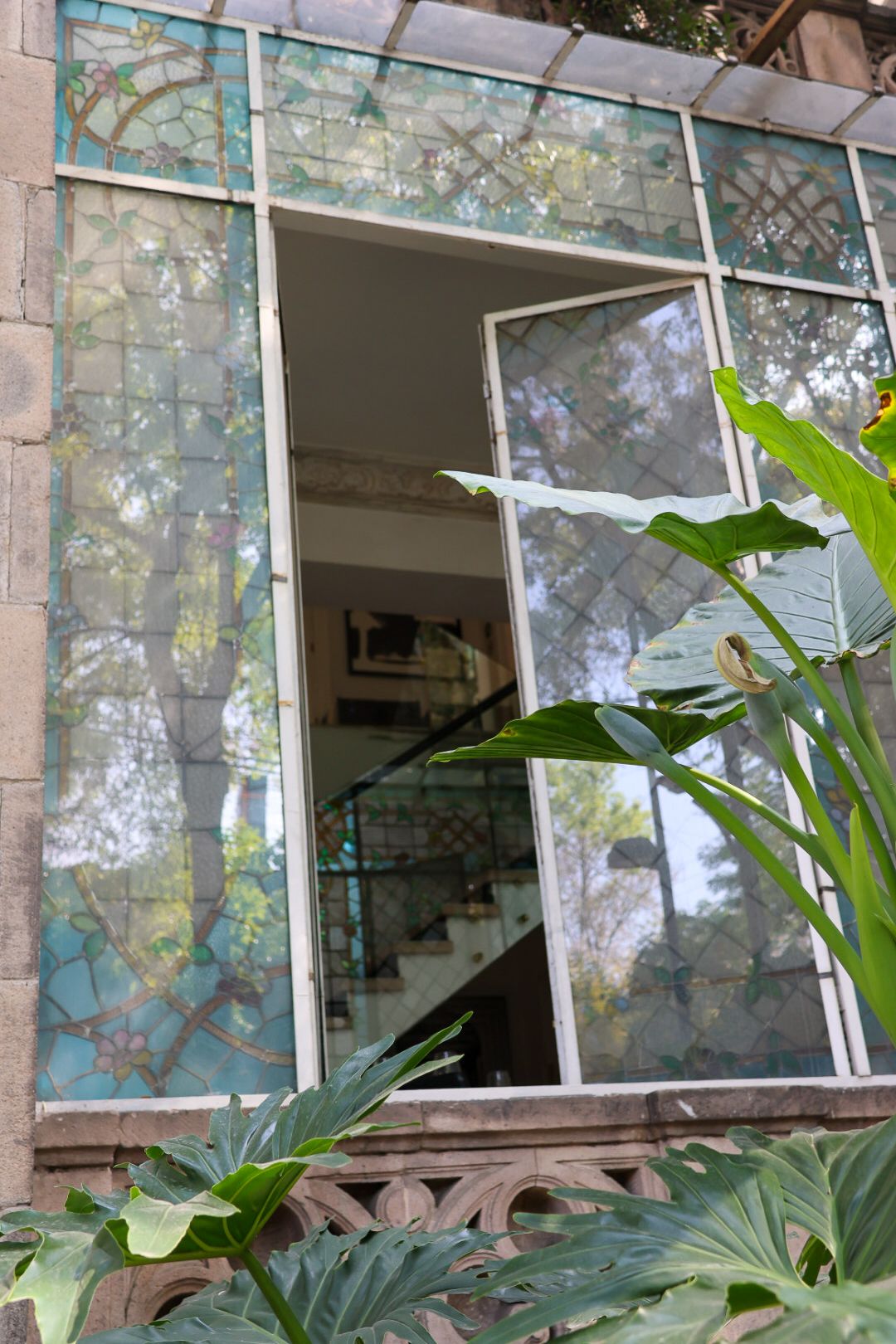
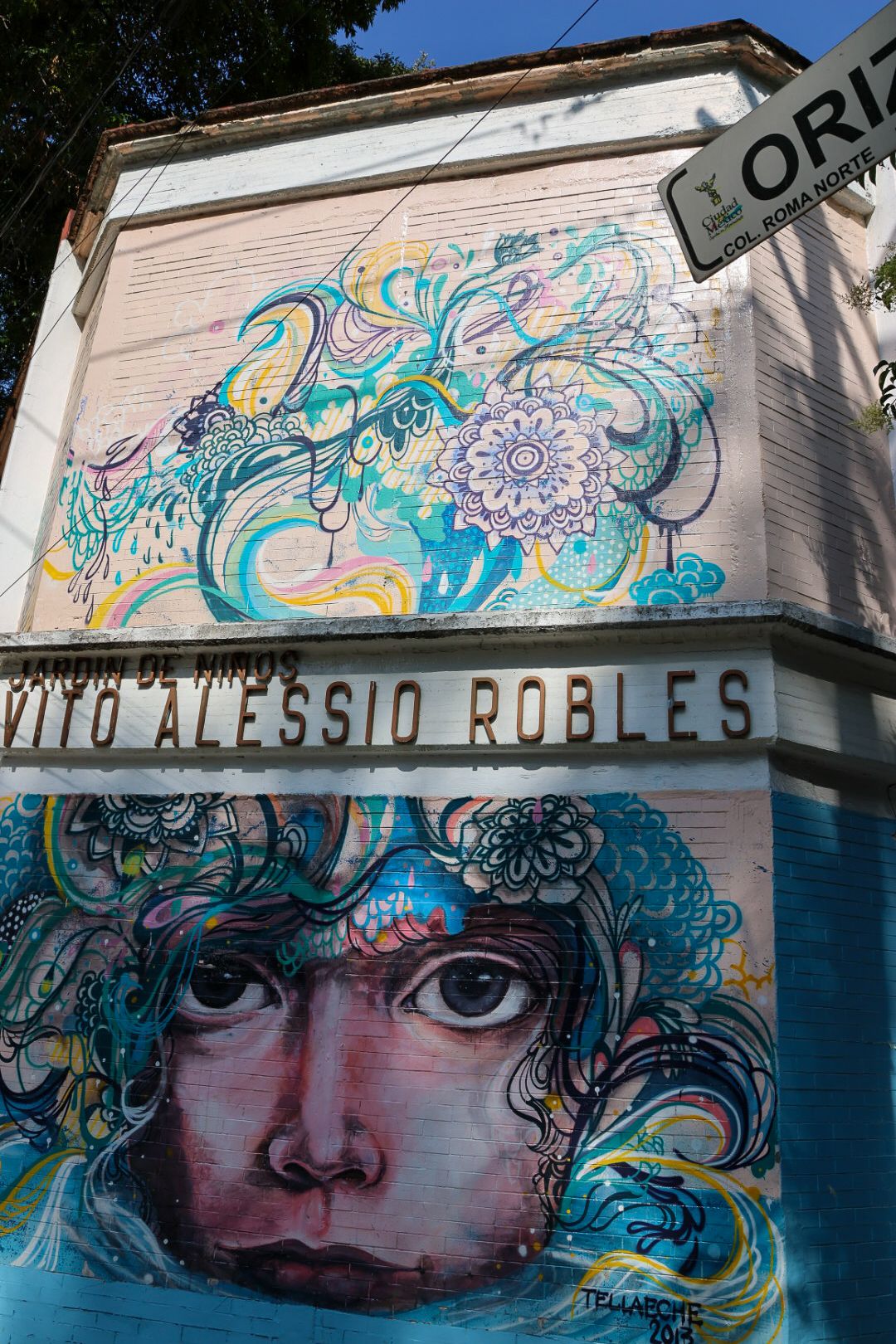
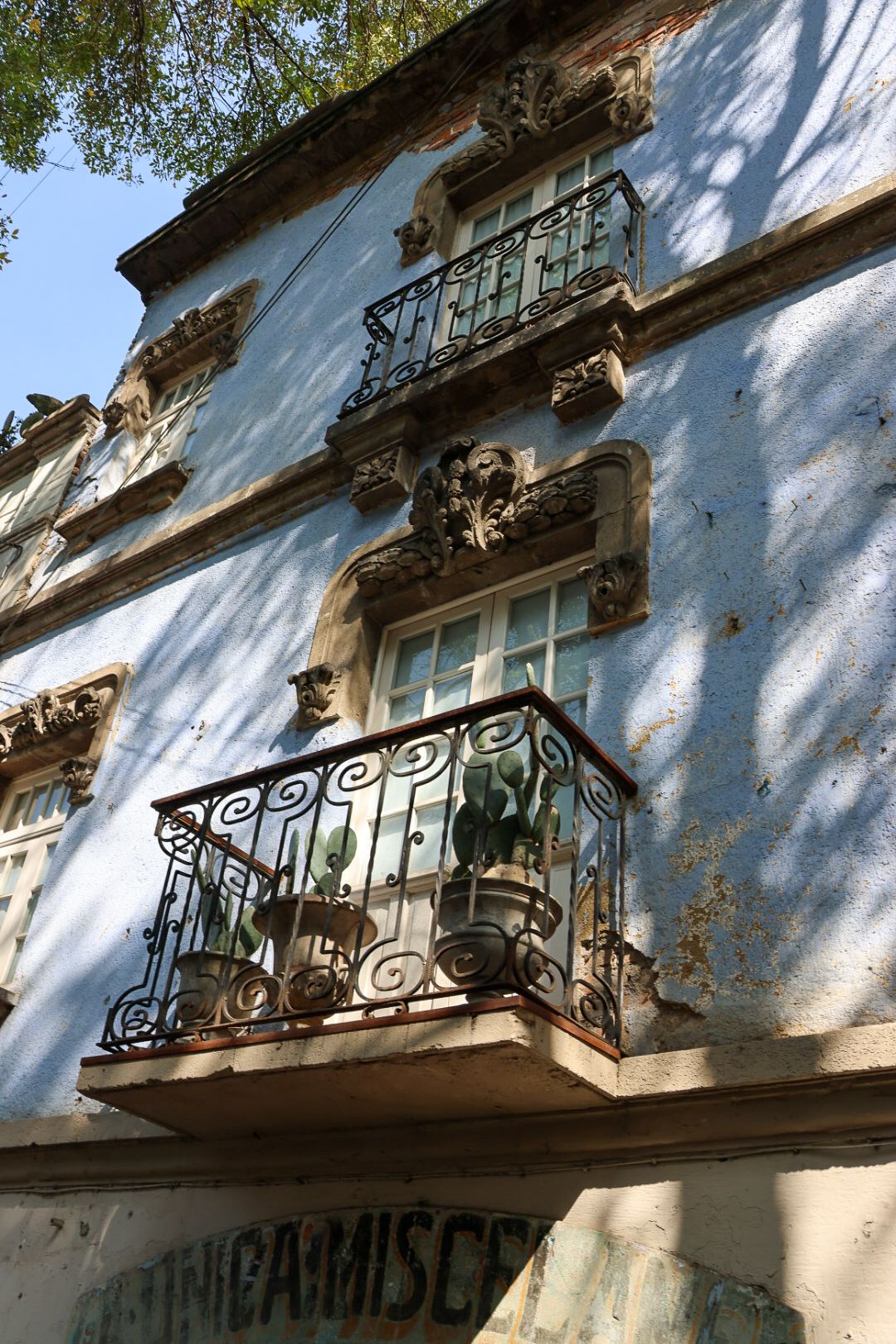
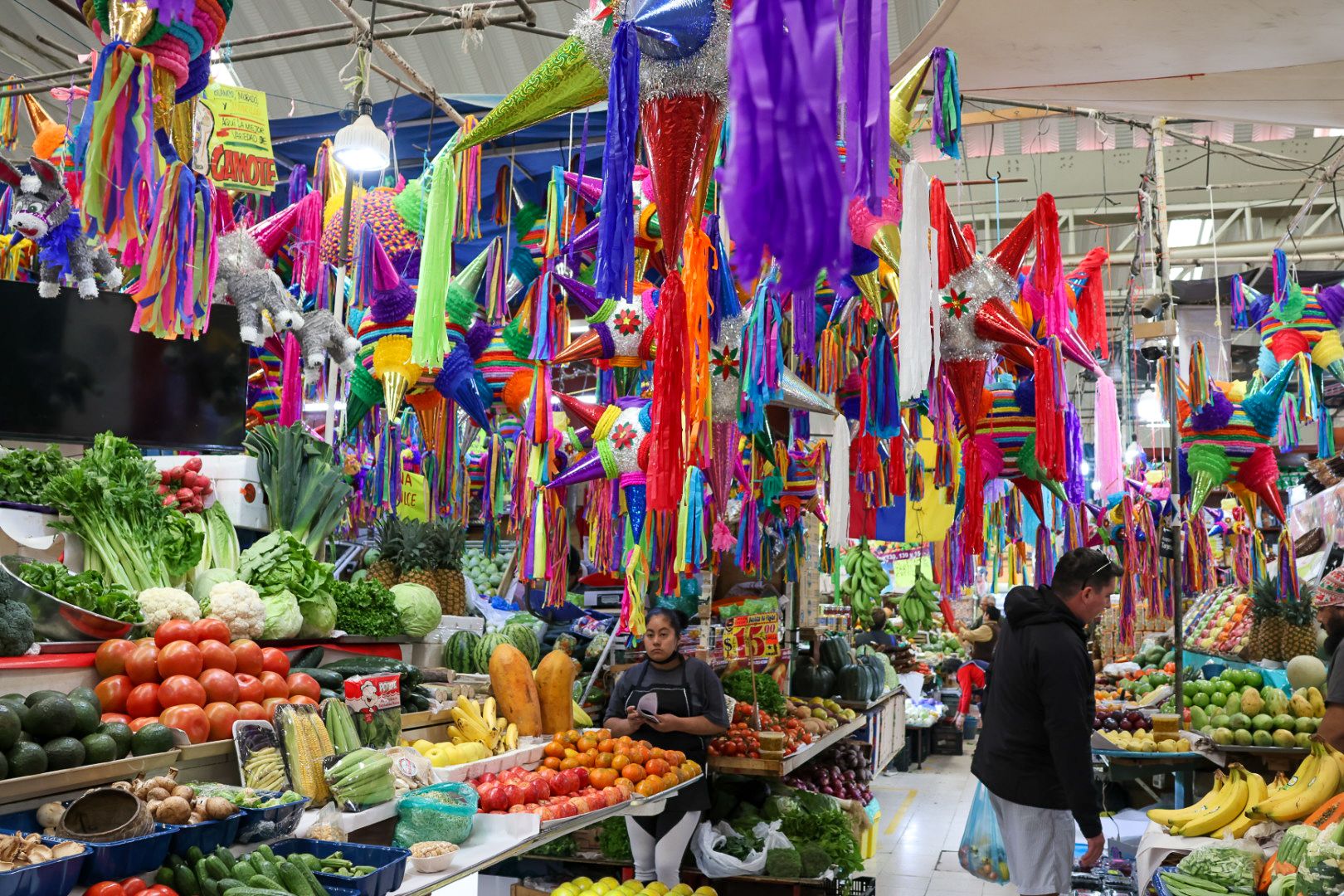
A Cirque Nouveau
Despite it's ancient sounding name, the neighborhoods that make up the general area of Roma (Roma Norte I,II,III, Roma Sur and La Romita) are fairly young and their origin story is accompanied by a quirky spiel. A growth of population in the early 20th century and the gradual deterioration of the city's center led to a need for expansion. In 1902-1903 the dried lake bed west of the city's Historic Center was approved to be developed into new colonias, with modern residential opportunities for the wealthy. The developing investment group was led by Walter Orrin, the owner of the famous and long standing Circo Orrín that had been touring in Mexico City and it's surrounding states since the 1880's. Another investor and member of the investment group was Ricardo Bell, an iconic English born clown, whose pierrot style aesthetic had made him a prominent figure in Mexican culture at the time.
The name Roma itself is a homage to the Circo Romano, the origin of the modern circus.
Today prominent street names such as Avenida Yucatan, Calle de Chiapas, and San Luis Potosi, named after areas and places the circus toured in during it's 20 years, remind us of it's quirky circus connection.
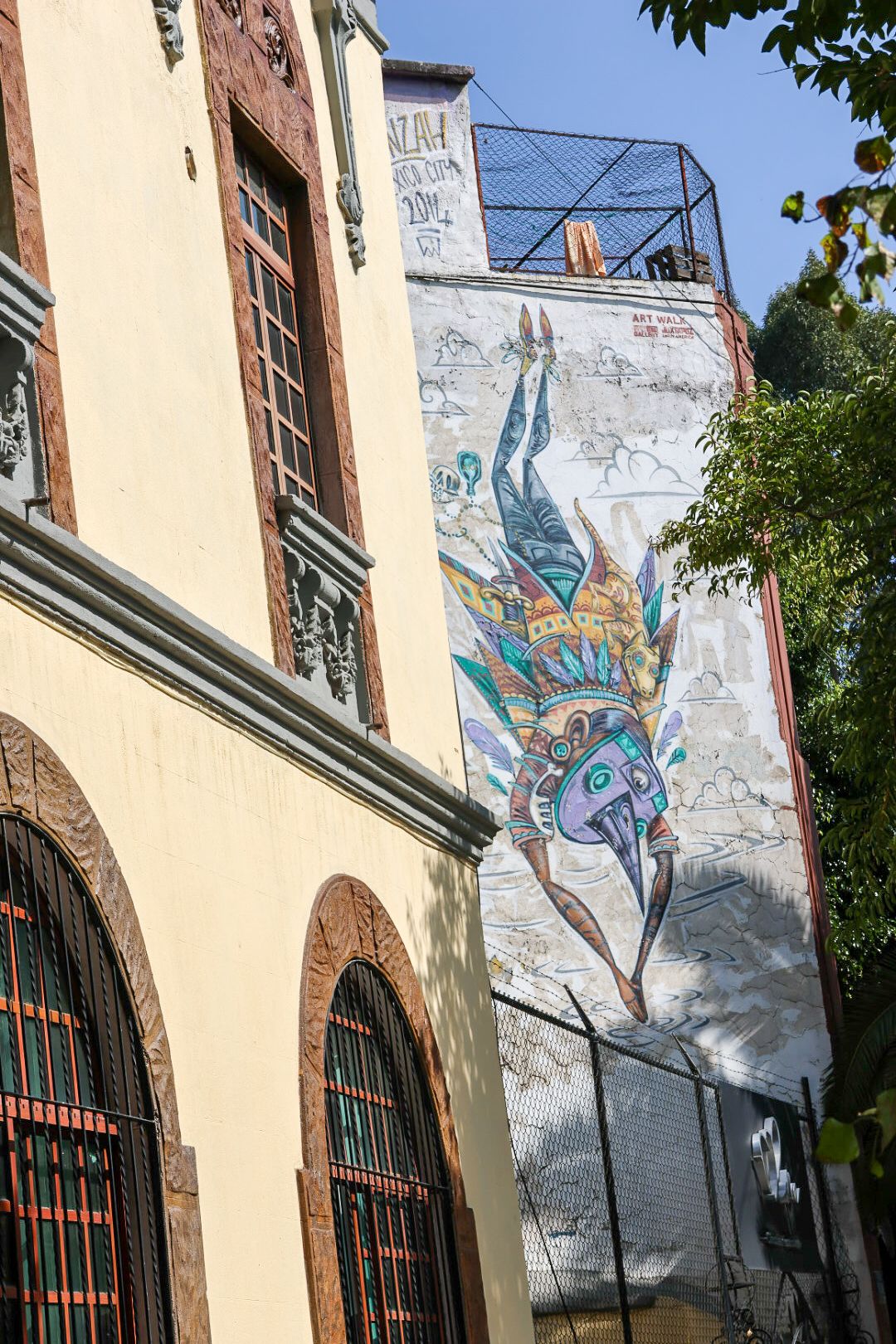
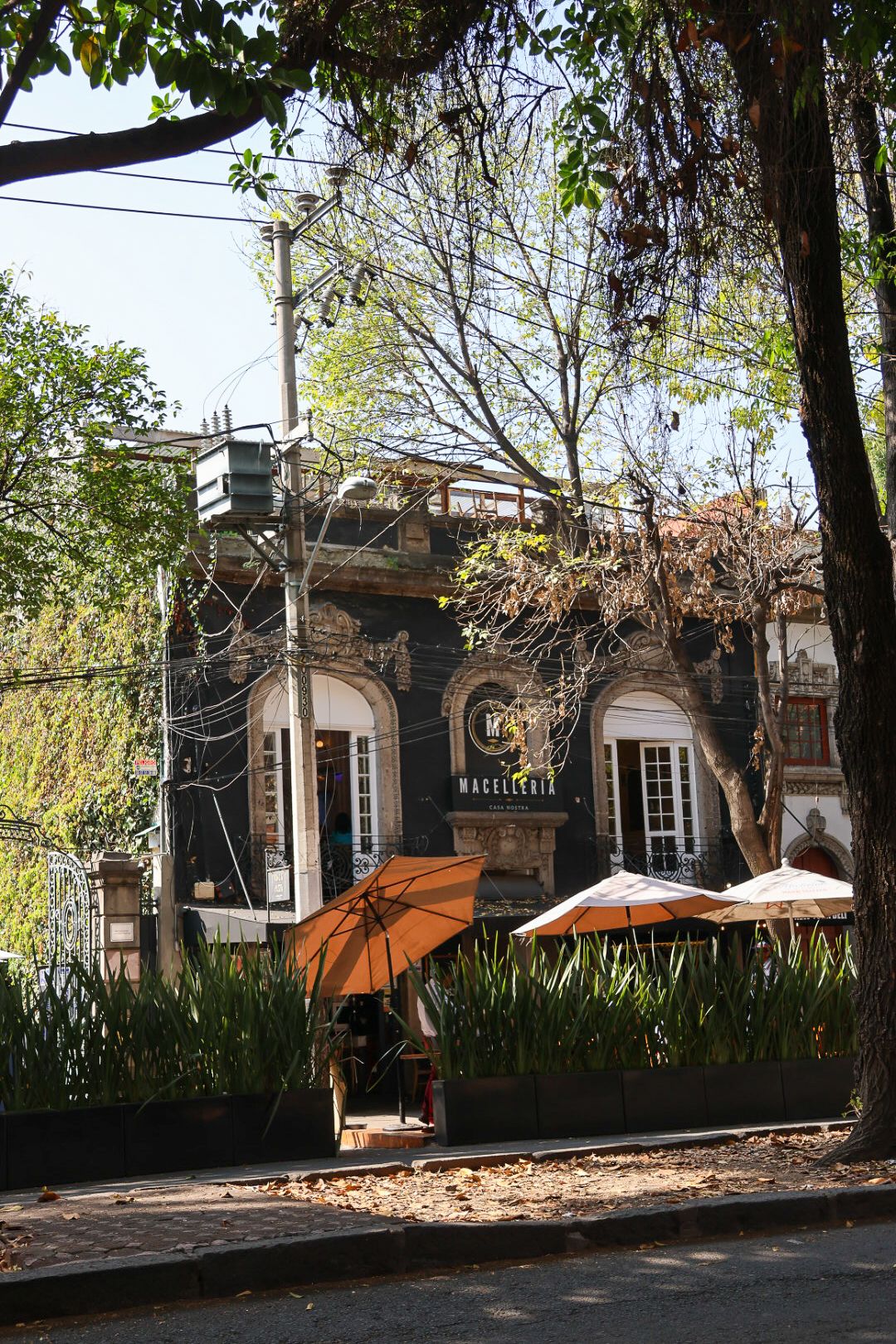
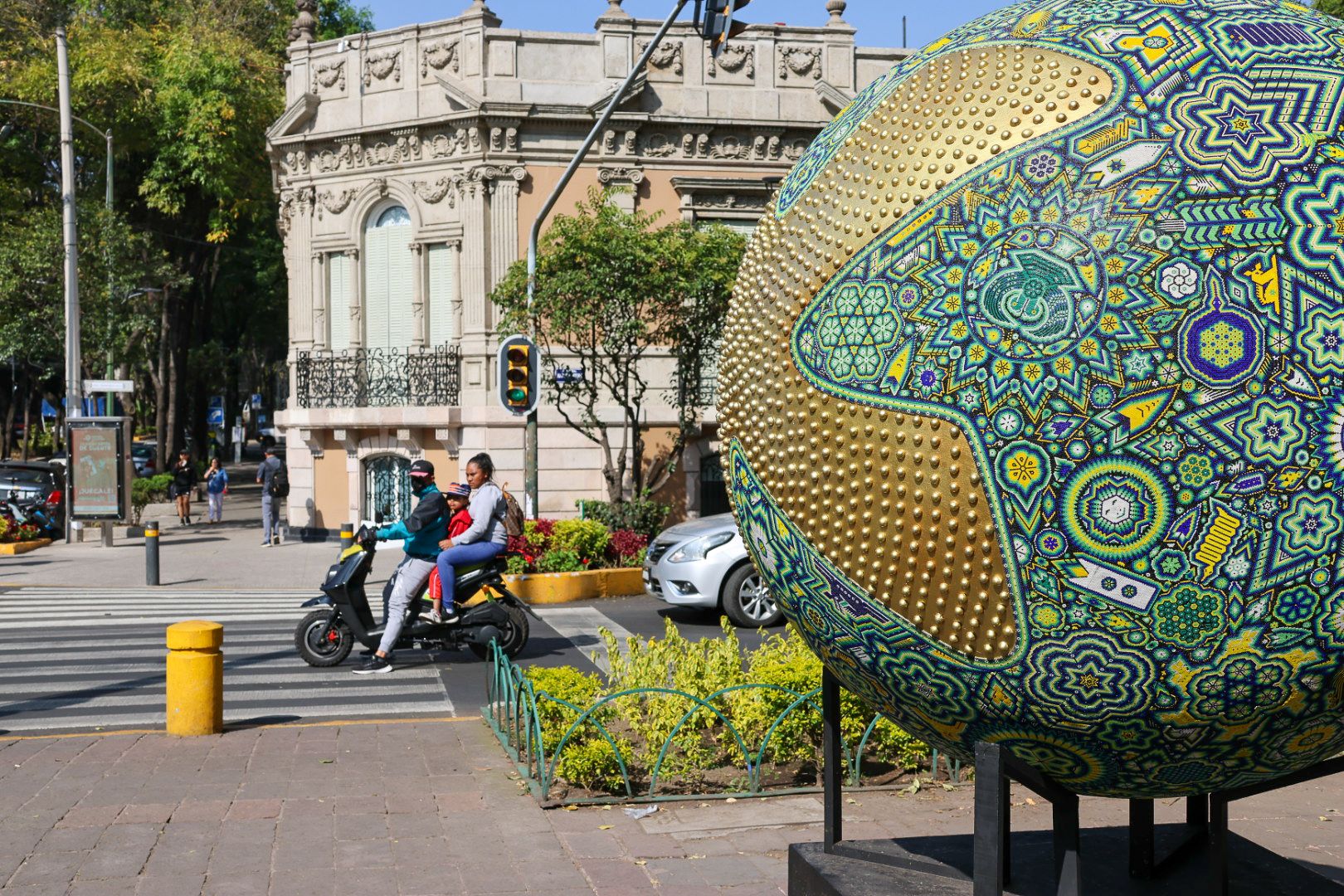
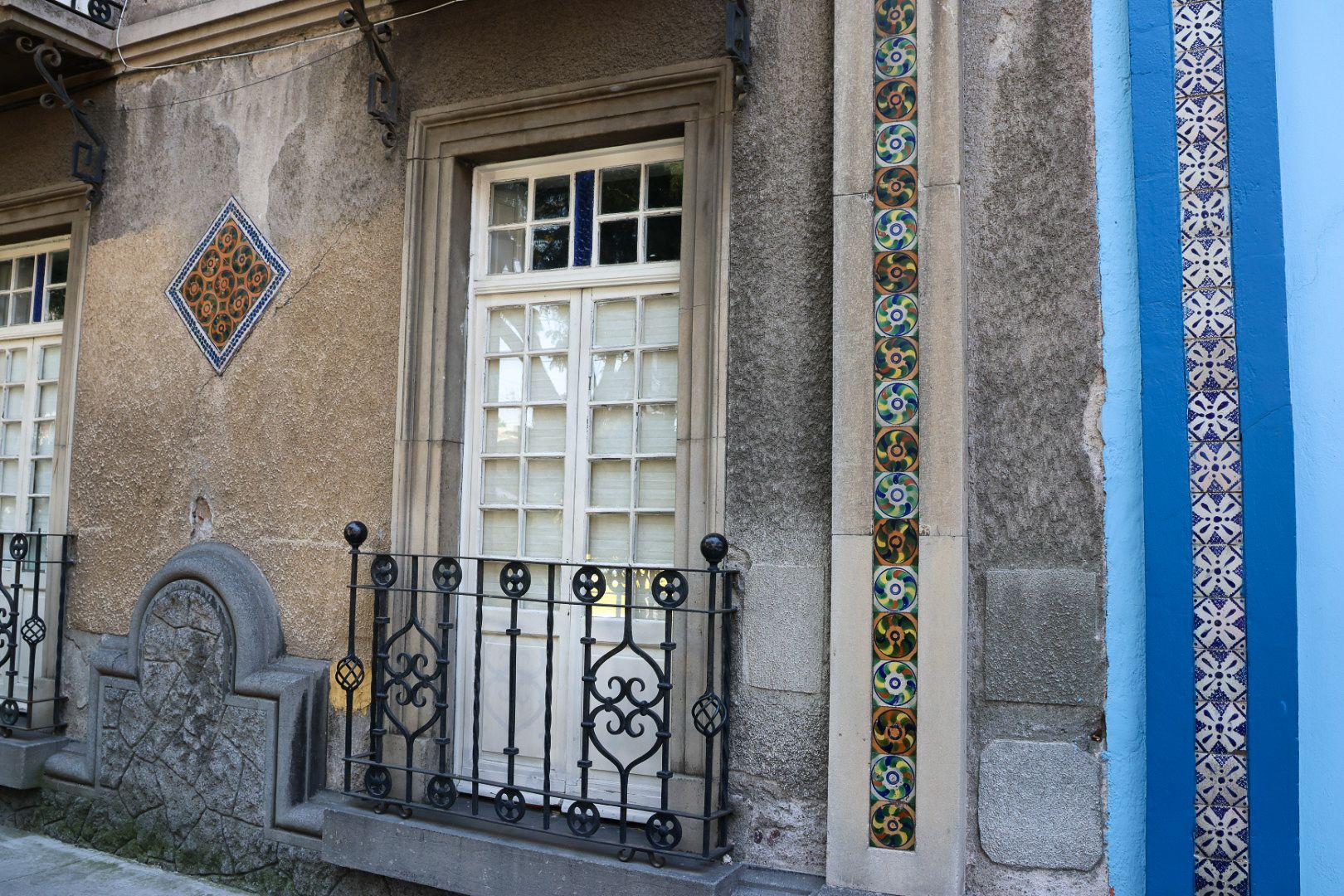
Glory lost and revived
The Mexican Revolution in 1910 put a temporary stop to the building of the new colonies, but the 1920's and 30's led to an intense expansion of those new developments. Mexico City had earned it's nickname, the 'City of Palaces', due to it's many grand Spanish Baroque and Neoclassical buildings that had been modeled after Spanish architectural styles dating back to the 17th century.
The architecture of these new developments however rejected previously dominant aesthetics of the Spanish Baroque and was instead inspired by features of current European trends, especially French Art decó.
The prominent mix of Gothic, Roman, and French elements, such as shuttered french windows and wrought iron balconies can still be seen today and is sometimes referred to as 'Porfirian', named after Mexico's former president Porfirio Díaz. In the 1940's and 50's the colonias of Roma were known for their exclusivity, until the freezing of rent during WWII and the aftermath of the earthquake of 1985 that led to an all time low for rent, making the area more attractive and affordable for foreigners and lower income families. Landlords were unwilling, or unable to afford investing into maintenance and upkeep, and so the previous glory of Roma slowly fell into disrepair. The Oscar winning movie Roma from 2018 by Alfonso Cuarón, set in the 1970's, depicts a nostalgic, romantically faded upper middle class glamour, some of which can still be felt today. The ongoing restoration and conservation efforts since the 1990's have led to a revival of this area, which is today known for it's booming restaurant and gallery scene, independent shops, and small museums.



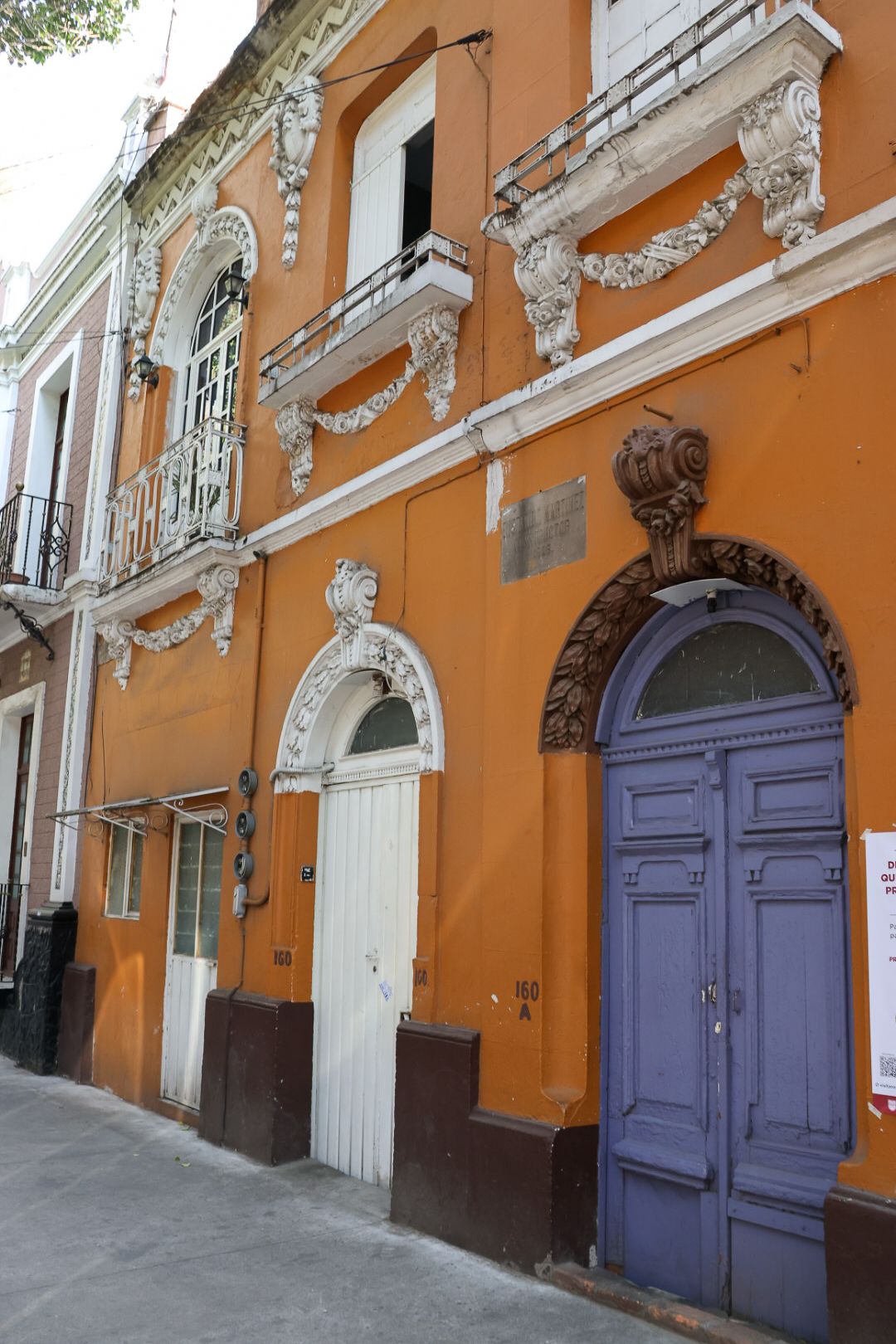

The accounts of broken relationships
One of the many little jewels Roma has to offer is a two story museum that is dedicated to personal, everyday objects: The Museum of the Object. The theme of the exhibit was broken relationships, and each object on display was accompanied by a story. Most of these stories were heavy or sad, with the object becoming a symbol for either loss or violence, but some stories were heartwarming and inspiring, and all of them left room for interpretation and whatever meaning the viewer personally chooses to attach to the story.
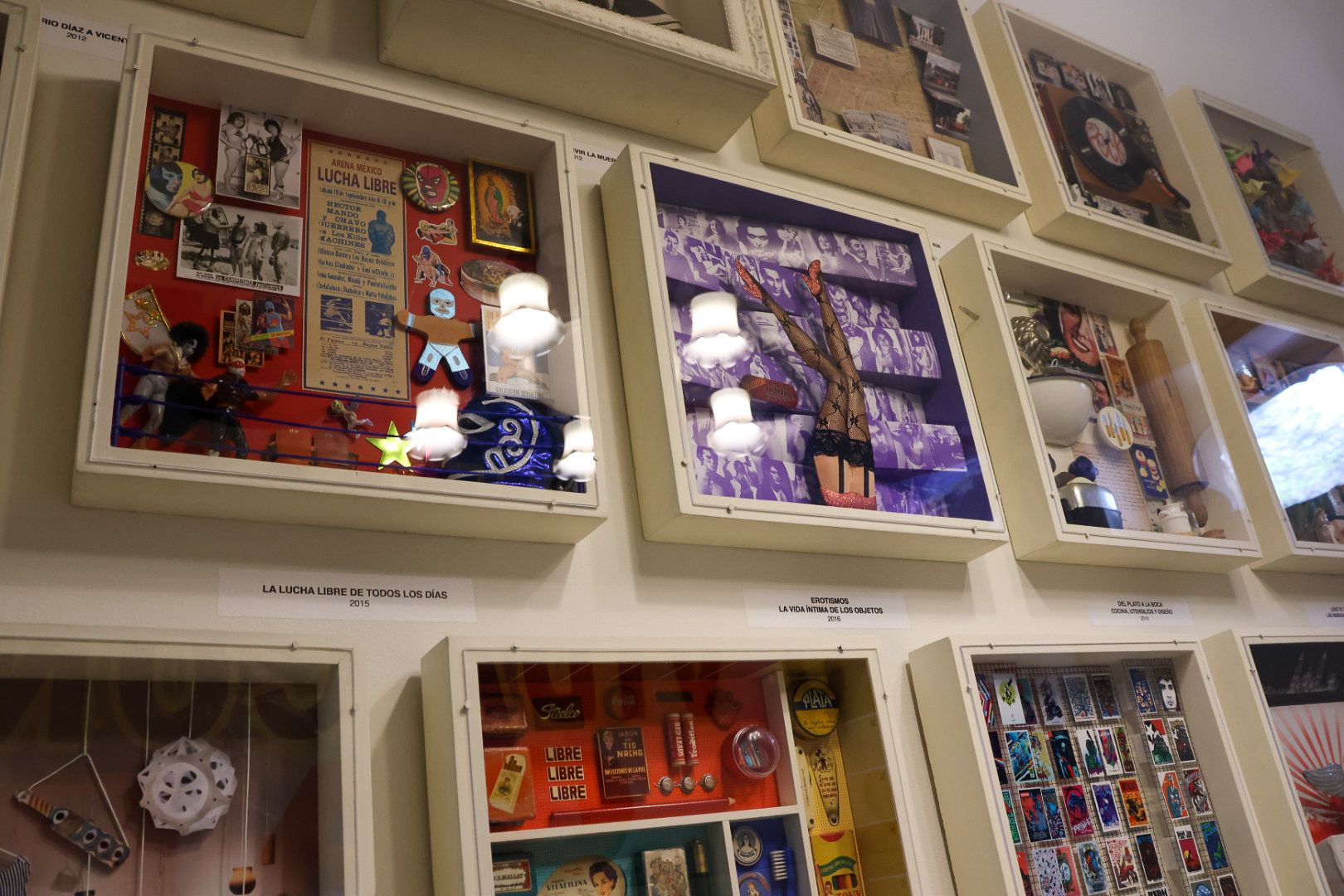
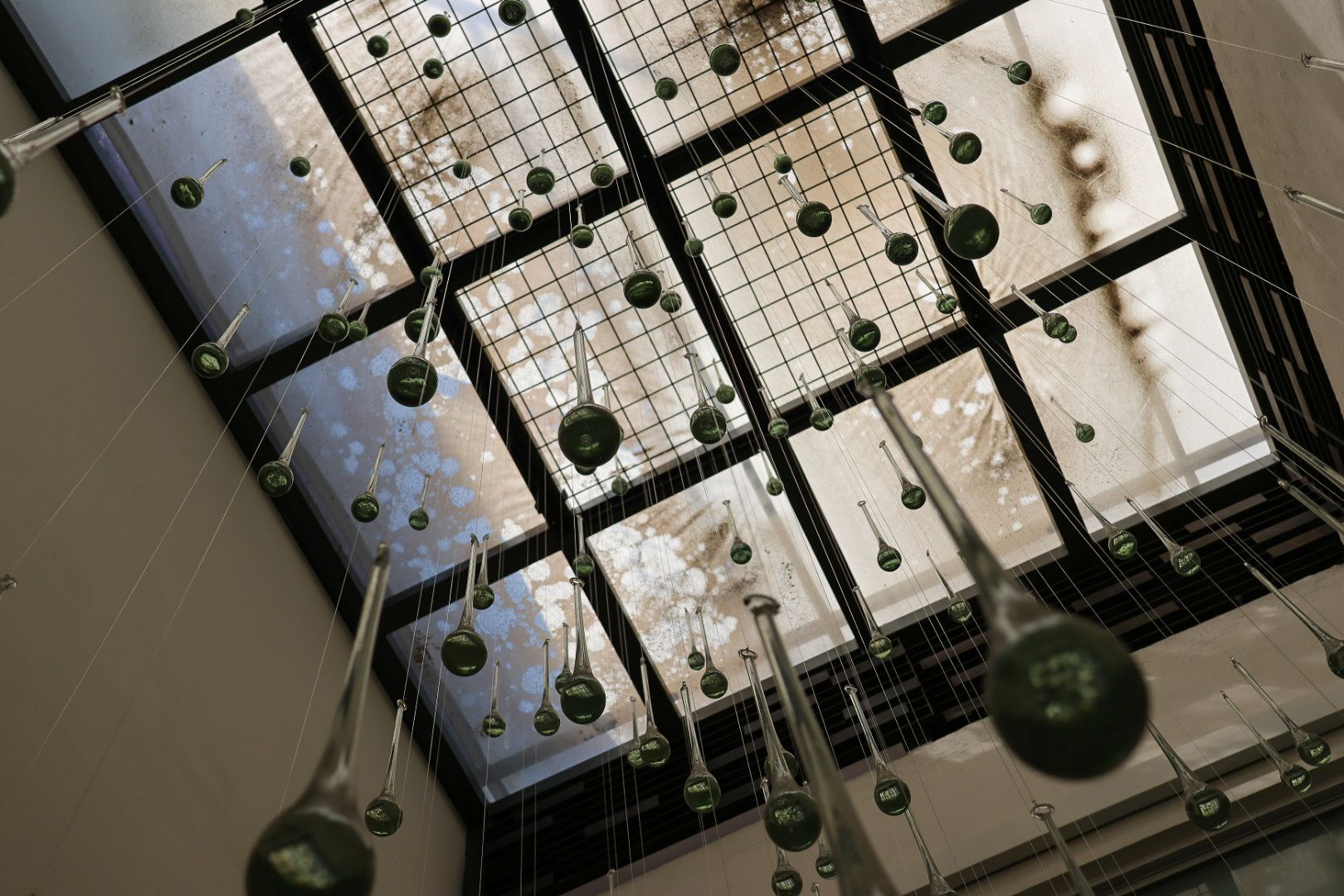
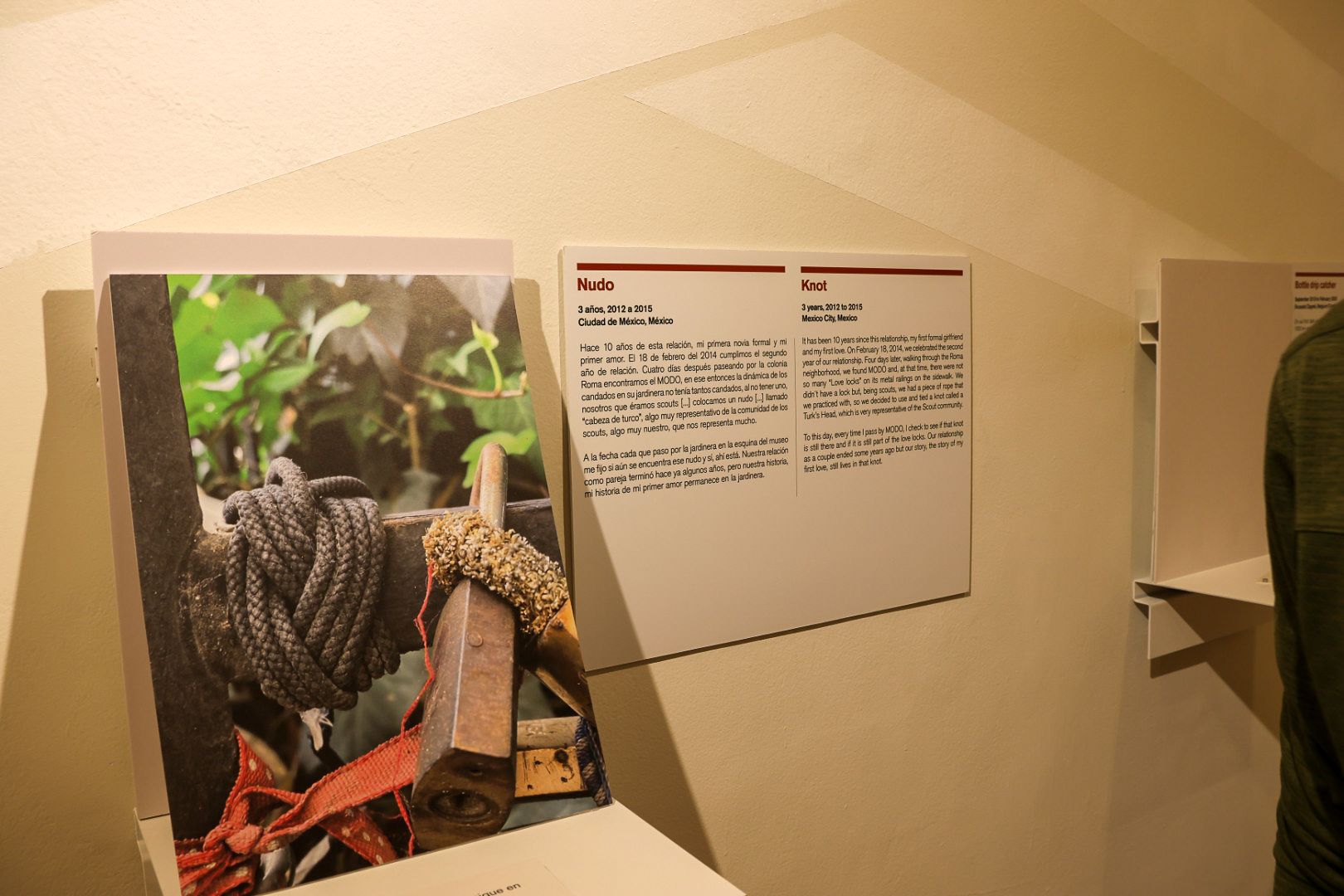
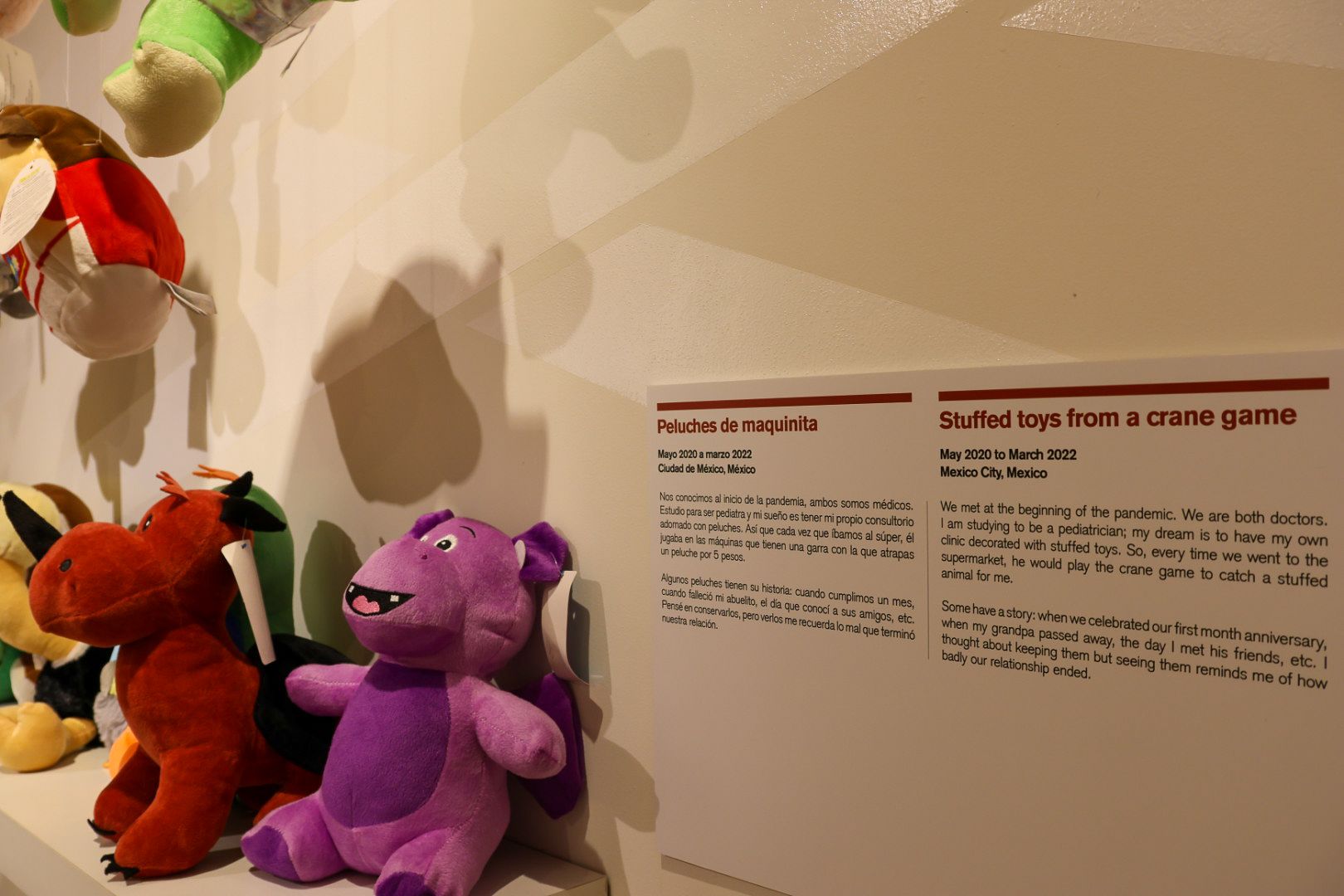
Everything that Roma had to offer helped lift our spirits and it was there that we made a full recovery from the flu wave that seemed to be surging right along with new Covid variants (Michael tested negative). Hannah's symptoms had been much milder, but overall our long anticipated stay in the big city turned out very differently from what we had expected. Regardless of the many landmarks, museums, and venues we didn't make it to, we managed to regroup and think about what should come next. Oaxaca was yet to come but we still have one featured story up our sleeves about Mexico City so stay tuned....

